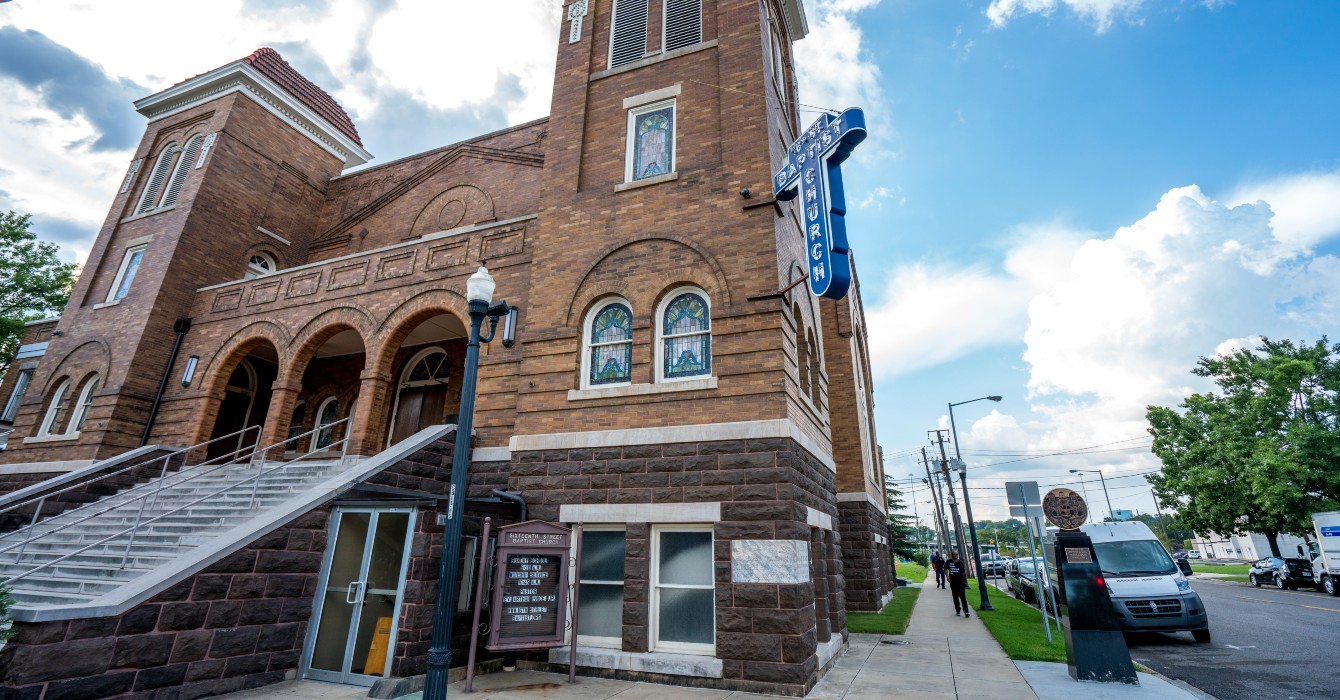How do you respond when popular taste shifts in a way that your work no longer appears relevant? Do you chase after what people say they want? Do you refuse to change?
When contemporary worship services were at the height of popularity, I visited with several congregations that had started new services with little attention to things like the talent development pipelines required to fill worship leadership roles. Organists and drummers are not typically trained in the same places. The musical and technical skills required by such services meant hours and hours of dedicated practice to achieve and maintain quality. Often the “bench” of worship leaders was so thin that participants were exhausted a few months into the launch of the new service. Soon the entire effort lacked energy.
Other congregations discovered talent in its membership and community that was longing to be expressed at church. They recruited enough people who were both talented musicians and felt honored to be involved. The leadership team was intentionally nurtured into being a supportive community. The energy in the services often reflected the tight bonds of dedication and fellowship developed among the worship leaders.
Knowing your capacity to design and deliver a new service is one key dimension of determining how to respond to change. New services that are developed out of strengths in the institution have a better chance of being sustained and achieving necessary quality.
One industry that has experienced significant change is paper manufacturing.
In the digital age, offices don’t make as many copies, consumers subscribe to fewer newspapers and generally we all use less paper. A couple of weeks ago, the Wall Street Journal reported on how several paper manufacturers have thrived in this new circumstance.
For example, Mohawk Fine Papers Inc. ran a mill whose primary customers were corporations that needed good stock paper for their glossy annual reports. In the digital age, regulators no long require printed reports be distributed to shareholders.
The 83-year-old company’s main plant went from running seven days a week to four in a fairly brief time. In 2004, the company’s CEO realized the situation would get more difficult and bet the family business that in the digital age fine stationery would make a comeback.
Today the company has rebounded because the CEO believed that adjusting did not mean abandoning the paper business altogether or ignoring the changing marketplace. He saw a way to build on the company’s strength and get out ahead of popular tastes.
On a recent trip to Boston, a friend and I attended a new Sunday evening service at Old South Church. We entered a Gothic hall and were transported back in time. The simple setting of candles, a lectern and a baptismal font evoked a sense of peace. The music was Celtic, and a lay person offered the reflection.
The highpoint was gathering around the font to celebrate and remember our baptism and to light candles as we offered prayers. The service was ancient and modern. It was led by talented people whose gifts were well-used.
A friend told me that the church is adding a variety of services to minister to those who live, work and visit the Back Bay area. In designing the service, it appears that the church determined that one response to the hectic urban pace and the dangers of global terrorism (the church is within sight of ground zero for the Boston Marathon bombing) is quiet, contemplative reflection on the life-giving waters of baptism. The service was designed around the congregation’s strengthens and the traditions of Irish Christianity.
The move to create a Celtic service or purchase a new paper machine includes two very different elements. First, you must read the culture and sense how people will express their deep longings. Second, you think about what you know about yourself and your group. What do we know how to do? How can that strength be creatively and faithfully deployed to serve?












